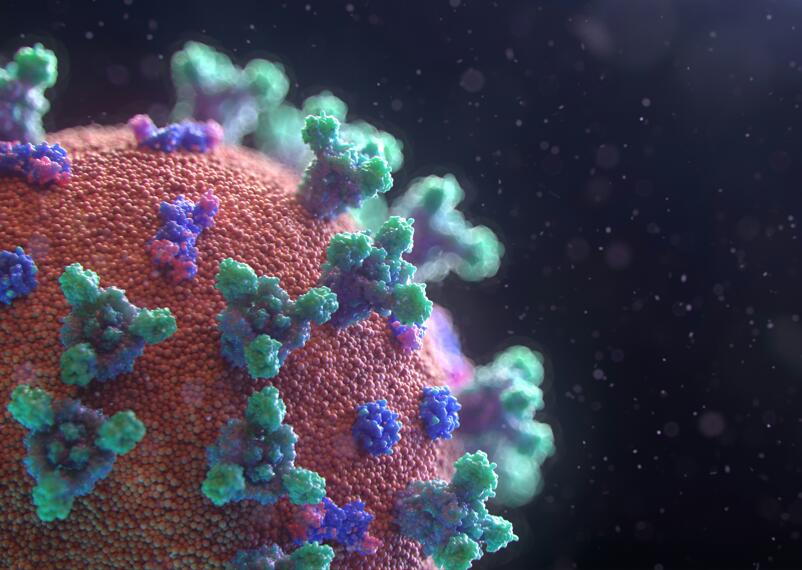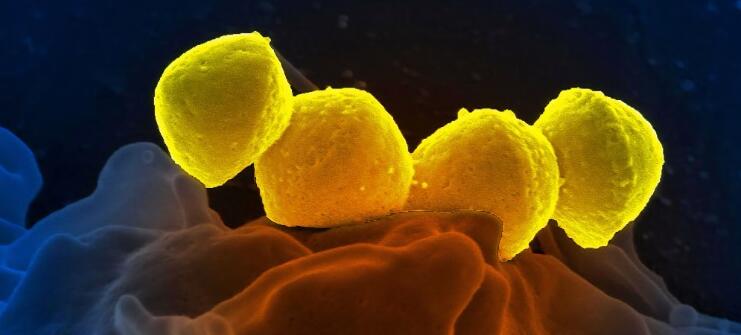With the continuous advancement of technology, nanobody, as an emerging technology, is leading the revolution in imaging. It provides clinicians and drug developers with more precise and sensitive tools for clinical diagnosis and drug development, while also offering patients earlier treatment opportunities.
Nanobody is a sophisticated drug delivery system that utilizes nanoscale carriers to combine drugs with antibodies. In imaging, nanobodies can be coupled with fluorescent dyes or radioactive isotopes to achieve precise diagnosis and monitoring of tumors or other disease cells. This highly selective and affinity-based binding enables imaging to better capture subtle changes in lesions, thus providing more accurate diagnostic results to aid in drug development.

In the process of clinical diagnosis, nanobody technology enables physicians to observe and track the growth and spread of lesions in real-time. For example, in tumor diagnosis, nanobodies conjugated with fluorescent dyes can be injected into the patient's body to more precisely locate and label tumor cells than traditional methods. Consequently, physicians can use imaging techniques to clearly visualize the location, size, and morphology of the tumor, thus devising more precise treatment plans.
Furthermore, the application of nanobodies can enhance the sensitivity and specificity of imaging techniques. Traditional imaging techniques may be limited by tissue absorption and scattering, resulting in blurry and unclear images. Nanobodies, by binding to specific markers, can directly target the lesion site, thereby improving the clarity and accuracy of the images.
The application of nanobodies in imaging not only elevates the level of diagnosis but also provides more opportunities for treatment. Through nanobody technology, physicians can deliver drugs directly to the lesion site, reducing damage to normal tissues. This precise drug delivery method not only improves treatment efficacy but also reduces side effects and discomfort.

However, nanobody technology still faces limitations due to its incomplete maturity, requiring further research and validation.
Nevertheless, the potential of nanobodies in imaging applications cannot be overlooked. It presents unprecedented opportunities for the medical field, enabling more accurate diagnosis and monitoring of diseases, and offering earlier treatment and intervention for patients. With the continuous development and maturation of nanobody technology, we have reasons to believe that it will bring more breakthroughs and innovations to the field of imaging, unveiling the mysteries of bodily health.
Nabo Life provides various high-quality technical services based on nanobody technology for pharmaceutical researchers and clinical diagnostic physicians. We also warmly welcome discussions with you on such topics.







